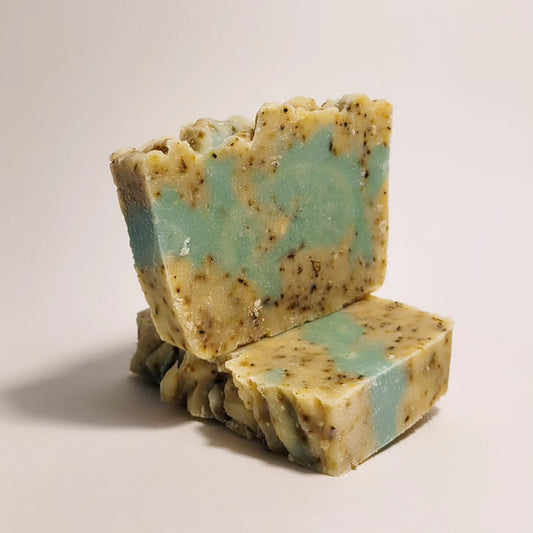A few years back, while I was still living in my tiny house (yes I lived in a tiny house on wheels!) I kicked my feet up over a firepit and talked with two very close friends of mine, Robyn and Jen. We talked back and forth about what we wanted to do with the summer and all the farming projects we could get up to when the subject of beekeeping came up.
Robyn had always wanted bees on her farm, I liked bugs, and with the pressure of Jen shouting "Taylor can do anything! I bet they could pick up beekeeping in a snap!", I was immediately determined to learn as much as I can, and become a beekeeper.
That summer I attended the Central NJ Beekeeping association meetings, and did as much reading as I could based on their favorite books and documentation of the best flowers, locations, and supplies to aid in keeping bees.
I started with reading about traditional historical beekeeping in Russia and Europe, horizontal hives that old Slavic women and children would keep. The hives were tilted on their side to make it easier for them to lift the frames; the now standard Langstroth hive is vertical, each box weighing between 45 and 70lbs. I had hurt by back in a hit and run car accident a little while before then, so it seemed like the place to start while I healed.
I built my first hive that summer based on the Slavic designs and with the help of Robert and Jean Galey at Catoctin Creek farm, who gave me wool to pack and insulate my hives. Knowing it wasn't the right season to purchase my first bees, I decided to take my chances at swarm catching to get the feel for working with bees and gaining experience.
Swarm catching is the art of luring bees into a 2litre size container that smells and looks like home to them. Free bees right? While I did have some success at this, fallen trees, and adding myself to the "beekeeper list" for my local club gave me the chance to pick up and bees neighbors would encounter, and call in to our hotline.
I collected 3 swarms that year, my first from a pear tree, the second from a fallen dead tree, and last from one that had collapsed over a creek. All would eventually fail, and I would learn that swarms are generally weak, and often do not survive, or fallen trees often crush their queens or dwindle their resources so much, that they never recover. The rescued hives might also be already carrying diseases, viruses or parasites that have doomed it without you knowing.
My home made hive would sit empty all winter, and I would do more studying in the down season, while the snow cover and cold temperatures prevented beekeeping.
The following January, I would get right to it. I took classes again with the Central NJ Beekeepers Association, this time my teacher and Master Beekeeper Jeff Burd would give guidance. Analytical and practical Jeff teaches an excellent course on what it means to be a steward of bees, and the amount of work involved. With his help, I selected a bee breeder and purchased my first domestic honey bees and patiently took care of them for the year with no expectations other than to have them grow and become strong healthy colonies that would survive the next winter.
The year after that, all the work paid off. We purchased our first home, a 300 year old stone house (the Potter / Allen House of Pittstown NJ) and were able to move the hives in the deep cold to their home as well. Our hives have exploded in the new location. In one summer we were able to make many splits as we had taken the steps to plant a 4acre wildflower field around the bees to provide them with everything they need. Each season the field streams with color, pollen, and nectar for the bees to stay strong and healthy, and in the winter the tall stems will provide wind breaks from the bitter cold.
Our bees have grown and shrank in number in accordance to their seasonal needs. We have a mix of domestic hives and feral hives happily landed on our property and took up residence in unused equipment.
A good omen I think?
The bees spend their summers humming about busily preparing for the cold, and their winters quietly waiting inside their boxes, for what the new year will bring them each time.










